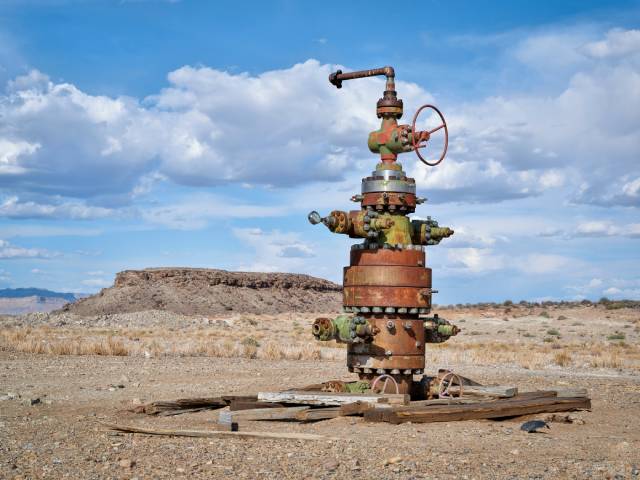
Completing a well in the oil and gas industry involves several critical steps and components. Each part plays a vital role in ensuring the efficient and safe extraction of resources. Understanding these elements not only highlights the complexity of the process but also underscores the meticulous planning involved. So, what components do professionals need for oil and well completion?
The casing forms the backbone of an oil well’s structure. This primary steel pipelines the wellbore to provide stability and prevent contamination of surrounding geological formations. It also protects the wellbore from collapsing under intense pressure. The casing must withstand harsh conditions and facilitate the safe flow of oil and gas, making its installation a crucial phase in well completion.
Once the casing is in place, the next step is cementing. This process involves pumping cement into the space between the casing and the wellbore wall, creating a seal that isolates the wellbore from external pressures and fluids. Cementing stabilizes the well and prevents oil or gas from leaking into unintended geological layers, thus maintaining the well’s structural integrity.
Perforation involves creating small holes in the casing and cement to permit oil or gas to enter the wellbore. These perforations typically use explosive charges or mechanical methods. Accurate perforation enhances production by allowing hydrocarbons to flow more freely from the reservoir to the surface, an essential step in maximizing extraction efficiency.
Completion fluids play a pivotal role in controlling well pressure and enhancing production. These specially formulated fluids maintain the well’s stability and prevent formation damage during drilling. They also help manage the well’s pressure, ensuring safe operations. The choice of fluids can significantly impact the ease and efficiency of oil extraction.
Tubing is the pathway for oil and gas from the reservoir to the surface. Smaller than the casing, tubing is installed inside the wellbore to transport resources efficiently. Tubing anchors have specific jobs in oil well completions, such as preventing tubing movement and maintaining alignment. Proper tubing selection and installation are critical to ensuring consistent and safe resource flow.
The wellhead is the equipment installed at the surface to control pressure and act as a barrier against environmental damage. It comprises various valves and pressure control devices, ensuring safe and regulated flow of oil and gas. A well-designed wellhead system is essential for protecting the environment and personnel during extraction operations.
Oil well completion is a complex process involving a series of critical components working harmoniously. Each part contributes to the safe and efficient extraction of oil and gas.
24World Media does not take any responsibility of the information you see on this page. The content this page contains is from independent third-party content provider. If you have any concerns regarding the content, please free to write us here: contact@24worldmedia.com